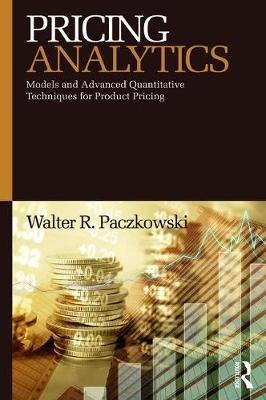QUESTION 5 Systematic risk is: a risk that affects a large number of assets. the total risk inherent in an individual security. also called diversifiable
QUESTION 5
-
Systematic risk is:
a risk that affects a large number of assets.
the total risk inherent in an individual security.
also called diversifiable risk.
also called asset-specific risk.
unique to an individual firm.
5 points
QUESTION 6
-
Diversifying a portfolio across various sectors and industries will tend to:
increase the required risk premium.
reduce the beta of the portfolio to zero.
increase the security's risk premium.
eliminate the market risk.
reduce the firm-specific risk.
5 points
QUESTION 7
-
The stock of Uptown Men's Wear is expected to produce the following returns given the various states of the economy. What is the expected return on this stock?
Probabilities: Recession:0.4 Normal:0.4 Boom:0.2
Returns: Recession:-11% Normal:12% Boom:23%
6.75%
5%
11.2%
3.85%
14%
5 points
QUESTION 8
-
You own a portfolio that is invested 20 percent in stock A, 50 percent in stock B, and the remainder in stock C. The expected returns on these stocks are 14.55 percent, 12.66 percent, and 6.27 percent, respectively. What is the expected return on the portfolio? 11.12%
10.24%
12.94%
13.07%
5 points
QUESTION 9
-
The goal of diversification is to eliminate:
all investment risk.
the market risk premium.
systematic risk.
unsystematic risk.
the effects of beta.
5 points
QUESTION 10
-
A company you are researching has common stock with a beta of 1.8. Currently, Treasury bills yield 2.5%, and the market portfolio offers an expected return of 10%. What is the required return on this common stock? 21.44%
29.38%
16.00%
14.05%
5 points
QUESTION 11
-
Which one of the following portfolios has the least amount of systematic risk?
a portfolio that duplicates the overall market
a portfolio comprised of 50 percent cash and 50 percent large-company stocks
a portfolio consisting of various U.S. Treasury bills
a stock portfolio with a portfolio beta of 1.8
a diversified portfolio with a portfolio beta of 0.7
5 points
QUESTION 12
-
The difference between beta and standard deviation is best described as:
Beta measures the risk of the market as a whole, while standard deviation measures the risk of individual stocks.
Beta measures total volatility, while standard deviation measures total risk.
Beta measures the market risk premium, while standard deviation measures risk.
Beta measures the risk investors are compensated for, while standard deviation measures both systematic and unsystematic risk.
5 points
QUESTION 13
-
Which one of the following best exemplifies unsystematic risk?
an unexpected economic boom
an unexpected decrease in interest rates
an unexpected increase in the sales of a firm
a sudden increase in the inflation rate
an expected increase in tax rates
5 points
QUESTION 14
-
Given the following information, what is the standard deviation for this stock? (Hint: you'll need to find the expected return first) Probabilities: Recession: 0.3 Normal: 0.55 Boom: 0.15 Returns: Recession: -11% Normal: 9% Boom: 13%
11.19%
10.47%
12.05%
9.66%
8.39%
10 points
QUESTION 15
-
Sibling Incorporated has a beta of 1. If the expected return on the market is 13%, what is the expected return on Sibling Incorporated's stock?
1%
6.5%
cannot be determined without the risk free rate
13%
5 points
QUESTION 16
-
The concept of investing in a variety of diverse assets to reduce risk is referred to as:
beta measuring.
split investing.
the principle of diversification.
the principle of elimination.
the systematic risk principle.
5 points
QUESTION 17
-
The amount of systematic risk present in a particular risky asset relative to that in an average risky asset (or the market in general) is called the:
risk premium.
beta coefficient.
standard deviation.
mean.
variance.
5 points
QUESTION 18
-
Which one of the following is the best example of systematic risk?
inflation exceeding market expectations
a fire destroying an industrial plant
a firm's CEO suddenly resigning
growth in the plastics industry slowing
individuals spending less on footwear
5 points
QUESTION 19
-
A typical measure for the risk-free rate of return is the:
U.S. Treasury Bill rate.
prime lending rate.
money market rate.
short-term AAA-rated bond rate.
Step by Step Solution
There are 3 Steps involved in it
Step: 1

See step-by-step solutions with expert insights and AI powered tools for academic success
Step: 2

Step: 3

Ace Your Homework with AI
Get the answers you need in no time with our AI-driven, step-by-step assistance
Get Started


